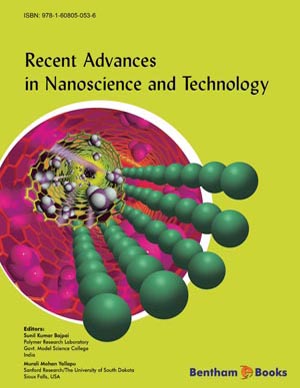Abstract
The domain of biology has greatly been benefited by advances in other sciences leading to new levels of sensitivity, precision and resolution in biomolecular detection. The key driving force is the complementary length scale between biological structures that range from the 10's of nanometers (proteins, DNA, viruses) to the micron scale (cells and cellular assemblies) and capabilities of nanosystems to manipulate and control such feature sizes within our environment. Progress and development in biosensor development will inevitably focus upon the technology of the nanomaterials that promise to solve the biocompatibility and biofouling problems. The biosensors are integrated with new technologies in molecular biology, micro-fluidics, and smart nanomaterials, have applications in agricultural production, food processing, and environmental monitoring for rapid, specific, sensitive, inexpensive, in-field, on-line and/or real-time detection of pesticides, antibiotics, pathogens, toxins, proteins, microbes, plants, animals, foods, soil, air, and water. Thus, biosensors are excellent analytical tools for pollution monitoring, by which implementation of legislative provisions to safeguard our biosphere could be made effectively plausible. The current trends and challenges with smart nanomaterials for various applications have been the focuse in this chapter that pertains to biosensor development, bionanoelectronics, nanotechnology, biotechnology and miniaturization. All these growing areas will have a remarkable influence on the development of new ultra biosensing devices to resolve the severe pollution problems in the future that not only challenge the human health but also affect adversely other various comforts to living entities.
Keywords: Smart nonmaterials; biosensors; biochips; molecular bioelectronics



















